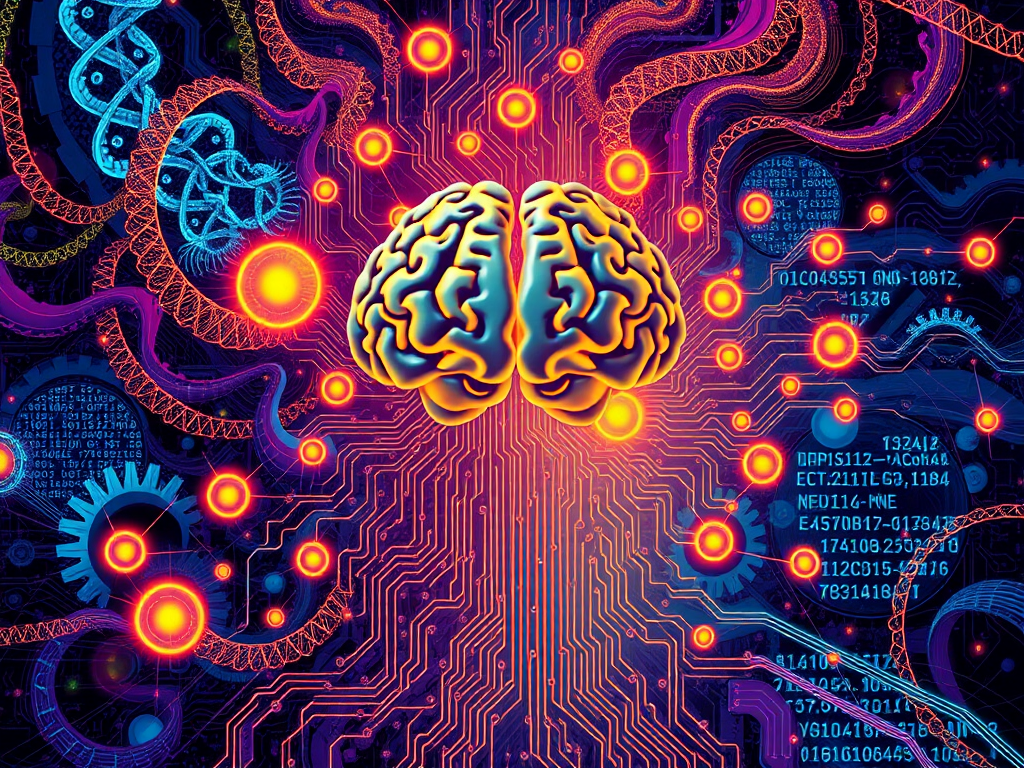Setting Sail
Hello, dear readers! Today we're going to talk about the hot topic of machine learning. Machine learning is undoubtedly a crucial driving force in current technological development and a field familiar to programmers. However, for beginners, getting started with machine learning might still have some barriers. Don't worry, with me guiding you step by step, you'll surely become proficient!
Diving into the Ocean of Code
Basic Theory
Before we start practical work, we need to build a solid theoretical foundation. Machine learning involves quite a bit of mathematics and statistics knowledge, such as probability theory, linear algebra, calculus, etc. I know these "abstruse" theories give many people headaches, but trust me, as long as you study diligently, you'll surely become proficient.
I recommend everyone to start by reading the book "Applied Predictive Modeling" by Max Kuhn and Kjell Johnson, who explain complex theories in an easy-to-understand way. If you have difficulty reading in English, you can also look for related Chinese materials.
Online Courses
Besides book knowledge, online courses are also great learning resources. I highly recommend Andrew Ng's machine learning course on Coursera. The teacher's explanations are clear and lively, accompanied by numerous examples, making it easy for you to get started. Of course, some domestic institutions have also launched many high-quality courses. Interested friends can check them out.
Development Environment
Alright, after having a foundation in theoretical learning, we're going to get hands-on practice. First, let me introduce several important tool libraries for Python machine learning:
- NumPy: Provides support for numerical computation
- Pandas: Used for data processing and analysis
- Matplotlib: A powerful tool for data visualization
- Scikit-learn: Integrates many commonly used machine learning algorithms
These libraries are the cornerstones of machine learning development, so you need to equip them first. Once fully equipped, Sebastian Raschka's "Python Machine Learning" will be your excellent companion, teaching you step by step how to implement various algorithmic models using Python.
Practical Exercises
Classification Network
Alright, after saying so much, let's start with a simple example for practical exercise. For instance, let's first develop a basic classification network for recognizing the MNIST handwritten digit dataset.
During the network training process, if the validation set accuracy stays around 10% for a long time, don't rush. It's likely that there are some minor issues with data preprocessing, model architecture, or hyperparameter settings. We can try changing the optimizer, for example, from SGD to Adam or Nadam, while appropriately adjusting the learning rate and batch size. I believe this should lead to some improvements.
Scikit-learn
Besides building neural networks ourselves, we can also use the powerful machine learning library Scikit-learn. It has many built-in common algorithms and can efficiently complete tasks such as data preprocessing, feature selection, model training, and evaluation.
For example, we can use a public dataset to practice classification or regression tasks. By referring to Scikit-learn's official documentation and example code during practice, you'll surely gain a lot.
Troubleshooting
Alright, from beginner to practitioner, we've learned quite a bit of knowledge. But the path of machine learning is certainly not smooth sailing, and you'll often encounter some "tricky problems". For instance:
Overfitting
This is indeed a tough problem! Overfitting means the model is too complex and cannot generalize well. Fortunately, there are some clever tricks to "clear the fire from the heart":
- Cross-validation: Used to evaluate the model's generalization ability on unseen data
- Regularization: L1 and L2 regularization can help reduce model complexity
- Data augmentation: Artificially expanding the dataset to enhance model generalization
- Simplifying the model: Streamlining the network structure, reducing the number of parameters
Personally, I prefer the combination of cross-validation and L2 regularization, which often works well in solving overfitting issues. You can try more in practice to find the most suitable solution.
Custom Algorithms
Sometimes, we also need to implement some algorithms ourselves instead of directly calling existing library functions. This requires us to have a thorough understanding of the mathematical principles behind the algorithms.
My suggestion is to start with some simple algorithms, such as linear regression or K-nearest neighbors algorithm. First, implement the mathematical part of the algorithm using tools like NumPy, then refer to relevant textbooks and online resources to master the details and implementation techniques of the algorithm.
Climbing to the Peak
Alright, that's all for the basics of machine learning. Of course, this is just the beginning, and the road ahead is still long. We need to take it step by step, continuously learning and practicing, to go further and higher on this path.
Keep going! I hope this blog post can open the door to machine learning for you and ignite your passion for learning! If you encounter any confusion during your learning process, feel free to ask me questions anytime, and we can discuss together. Finally, I wish you all the best on your machine learning journey!







